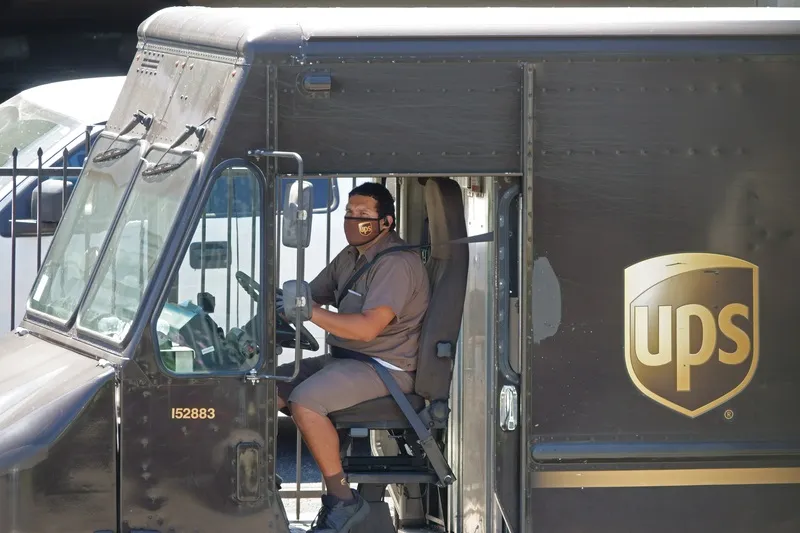What3words, a global addressing system, divides the world into a grid of 3m x 3m squares and assigns each a three-word address made up dictionary words.
Ford says its drivers will be able to enter destinations by voice or text for any location, including destinations without an address.
Ford drivers will be able to connect the company’s SYNC 3 infotainment platform with the Whats3words app, available on iOS and Android devices. They can then input a three word address to navigate to a precise 3m x 3m square.
Don Butler, executive director, connected vehicle platform and product, at Ford, says the solution can be used by commercial vehicle drivers working from a mobile office and those driving for leisure.
What3words is available for Ford drivers in the UK, Ireland, Germany, Spain, the US and Mexico. More locations are expected to follow later this year.
Ford partners with What3words to offer precise navigation
Ford has joined forces with geocoding start-up What3words to offer its drivers in North America and Europe with more precise navigation.
What3words, a global addressing system, divides the world into a grid of 3m x 3m squares and assigns each a three-word address made up dictionary words.
Ford says its drivers will be able to enter destinations by voice or text for any location, including destinations without an address.
Ford drivers will be able to connect the company’s SYNC 3 infotainment plat
February 27, 2019
Read time: 2 mins
Related Content












